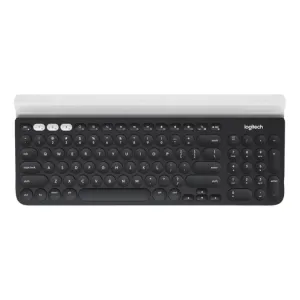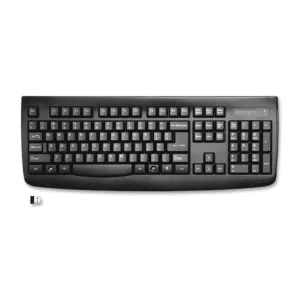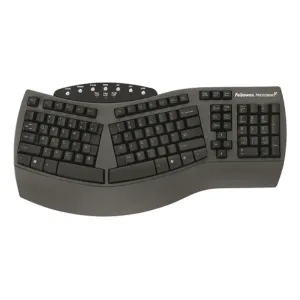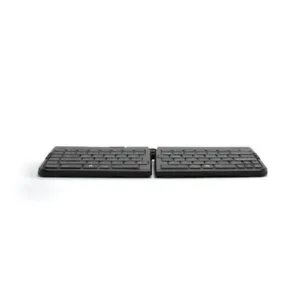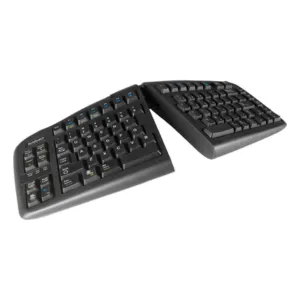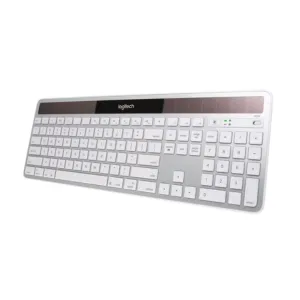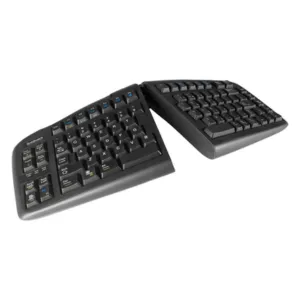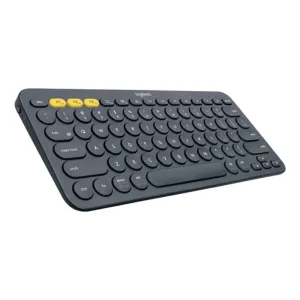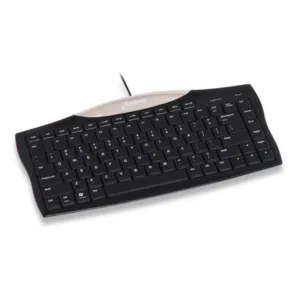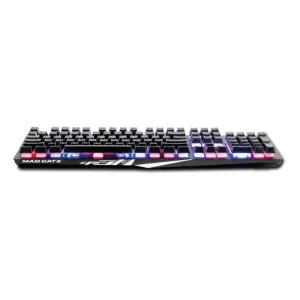
The most difficult part of selecting a keyboard is likely to be narrowing down the choice to the one best set for you. You’ll quickly find there are a ton of keyboard options. A good first step is to determine whether you prefer a wireless keyboard that offers you flexibility, portability and cord-free convenience, or a wired keyboard that precludes dealing with changing/recharging batteries, and will never leave you out of juice. Then simply select the ergonomic design, keyboard layout and features you prefer.
Choosing the right keyboard for its ergonomic features is crucial for maintaining comfort and productivity during extended periods of computer use. One of the primary considerations is the keyboard’s design and layout. Ergonomic keyboards are typically designed to reduce strain on the hands and wrists by incorporating a split or curved layout. This helps align the hands and wrists in a more natural position, minimizing the risk of repetitive strain injuries such as carpal tunnel syndrome. Additionally, some ergonomic keyboards feature negative tilt or tenting options, allowing users to adjust the angle of the keyboard to further enhance comfort and reduce strain on the wrists.
Wireless connectivity and additional features also play a role in the ergonomic keyboard selection process. Wireless keyboards provide flexibility in positioning and reduce cable clutter, promoting a cleaner workspace. Backlit keys can be beneficial for those who work in low-light environments, while programmable keys allow users to customize shortcuts and streamline repetitive tasks. By carefully considering these factors, individuals can select an ergonomic keyboard that not only prioritizes comfort but also complements their work style and preferences, contributing to a healthier and more efficient computing experience.

